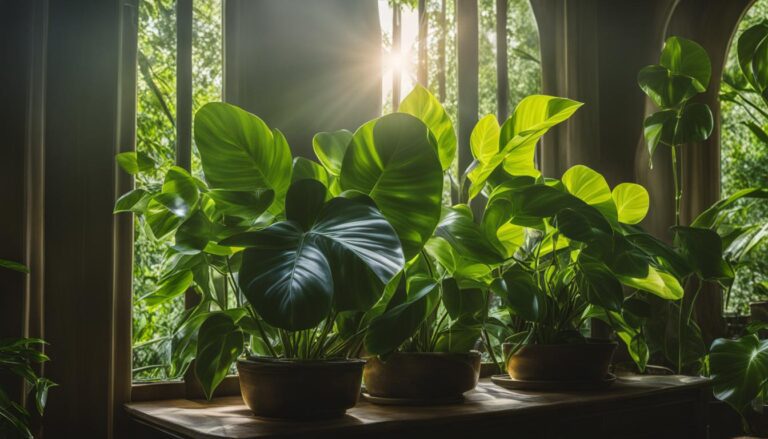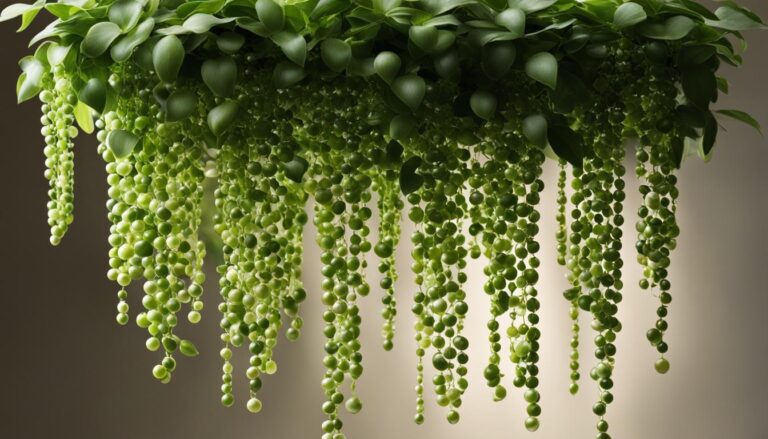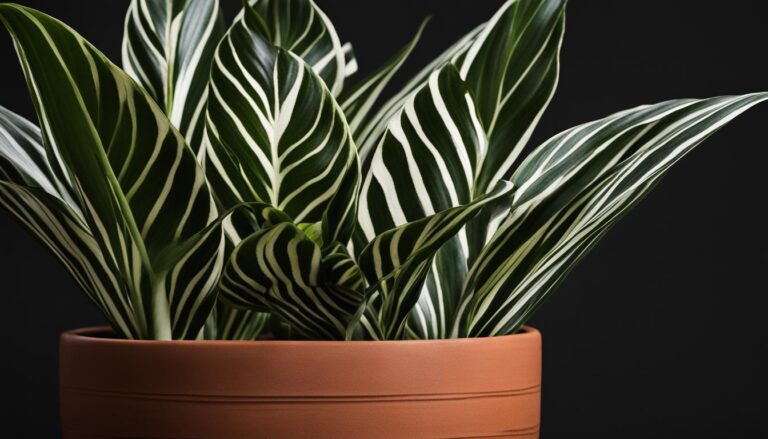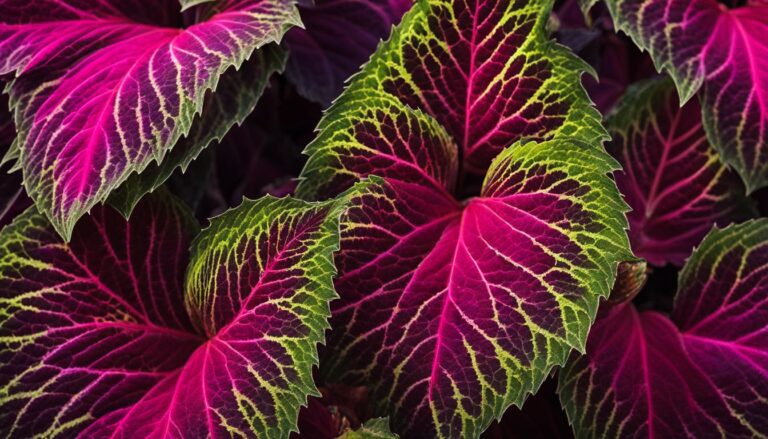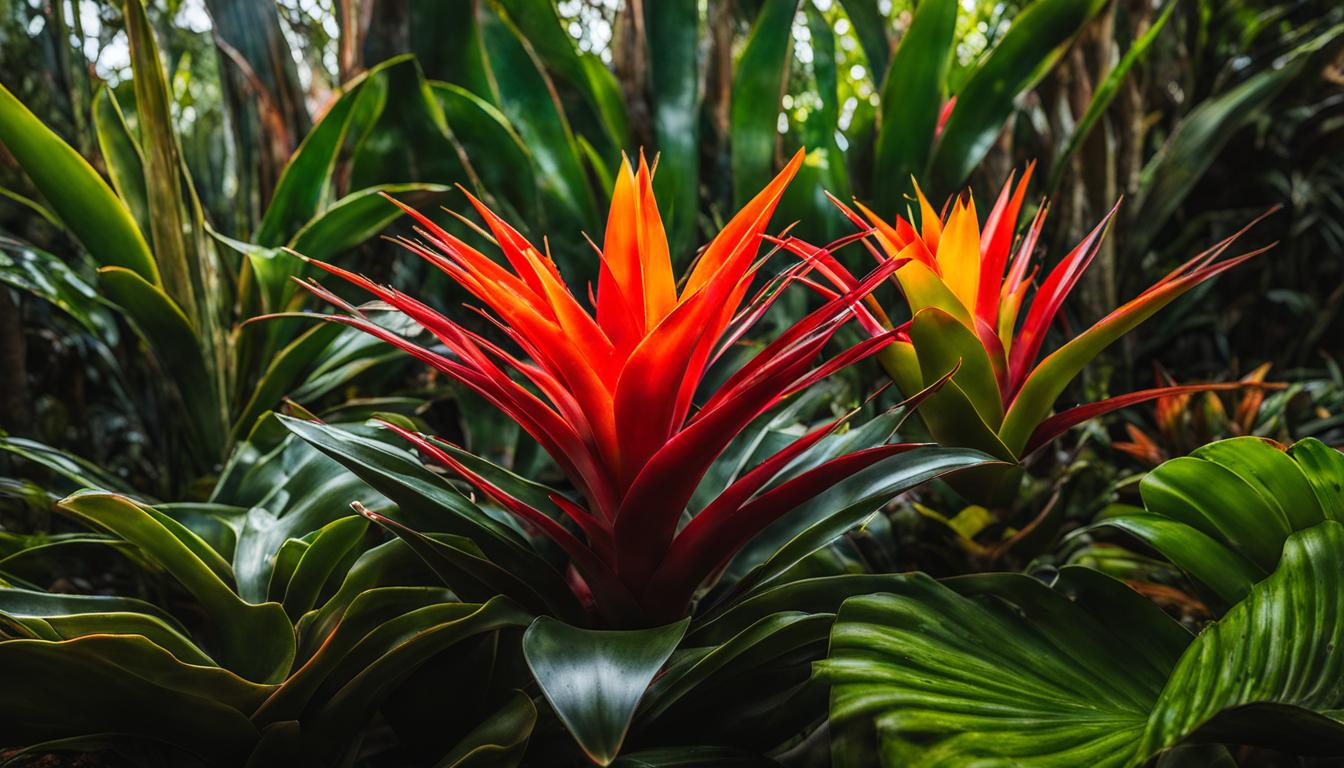
As a horticulture enthusiast, I find myself constantly captivated by the mesmerizing world of plants. One particular group that never fails to amaze me is the Bromeliaceae family, home to the stunning bromeliad plants.
Bromeliads, with their diverse range of over 3,000 species, showcase an unparalleled beauty that leaves onlookers in awe. Found in various parts of the world, these remarkable plants come in a plethora of shapes, sizes, and colors, making them a true feast for the eyes.
Did you know that the illustrious pineapple also belongs to the bromeliad family? Yes, it’s true! These bromeliads, like their fruity cousin, share unique characteristics such as their ability to absorb water through their leaves and produce pups (offspring) from the base of the plant.
When it comes to caring for bromeliads, you’ll be pleased to know that they are relatively low-maintenance. Whether you choose to grow them indoors or outdoors, these resilient plants thrive in well-draining soil and appreciate regular watering.
Now, let’s talk about the vast array of bromeliad varieties available. Each variety possesses its own distinctive allure and growth habits, making it a joy for enthusiasts to explore and cultivate these magnificent plants.
So, join me in unraveling the sheer beauty of bromeliads, as we delve into their characteristics, care tips, species diversity, cultivation techniques, and even their potential for stunning landscaping. Prepare to be enchanted by the wondrous world of bromeliads!
Bromeliad Care Tips
Bromeliads are a vibrant addition to any indoor plant collection, with their striking bracts and lush foliage that can bring a touch of the tropics to your home. Caring for bromeliads is relatively straightforward, but they do have some specific needs that differ from your average houseplant.
Originating from the rainforests of South America, these plants thrive in warm, humid conditions and can often be found clinging to trees rather than rooted in the soil. This epiphytic nature influences their care requirements significantly.
When you bring a bromeliad into your home, you’re not just adding a piece of greenery; you’re also enhancing your indoor air quality. Bromeliads are among the plants known to help purify the air.
They release oxygen and remove air pollutants during the night, which is the opposite of what most plants do. This makes them an excellent plant for bedrooms to maintain fresh air throughout the night.
Bromeliads are not known to be toxic, making them a safe choice for homes with pets or children. It’s always best to keep any plant out of reach to prevent any potential issues.
| Care Aspect | Details |
|---|---|
| Light | Bright, indirect sunlight. Avoid direct sun that can scorch their leaves. |
| Watering | Water sparingly; fill the central cup of the plant, and allow the soil to dry between waterings. |
| Humidity | High humidity is preferred. Mist regularly or place a tray with pebbles and water beneath the pot. |
| Temperature | Ideal temperatures range from 60-80°F (15-27°C). Avoid cold drafts and sudden temperature changes. |
| Soil | Use a well-draining, airy potting mix, preferably formulated for bromeliads or orchids. |
| Fertilization | Feed with a weak liquid fertilizer during the growing season; too much can damage the plant. |
| Repotting | Rarely needed. Bromeliads prefer to be root-bound and typically only need repotting every few years. |
| Propagation | After flowering, bromeliads produce pups (offsets) that can be removed and planted separately. |
Pineapples: The Delicious Bromeliads
Pineapples, known scientifically as Ananas comosus, are part of the Bromeliaceae family, making them a type of bromeliad. They share many characteristics with other bromeliads but also have some distinct differences.
Pineapples are edible fruits and are consumed all over the world. They have a compound fruit made up of many individual berries and are known for their sweet and juicy flesh.
Unlike most bromeliads, pineapples produce a fruit that is widely enjoyed. When it comes to growing pineapples, they can be propagated through the planting of the crown or the use of suckers.
They prefer bright, indirect light, well-draining soil, and regular watering. It’s important to note that while pineapples are safe for human consumption, some bromeliads can be toxic to pets, so it’s important to research specific varieties and their toxicity levels.
Pineapple Characteristics
Here are some key characteristics of pineapples:
- Pineapples have a compound fruit made up of many individual berries.
- They are known for their sweet and juicy flesh.
- Pineapples can be propagated through the planting of the crown or the use of suckers.
- They prefer bright, indirect light and well-draining soil.
- Pineapples require regular watering.
- Some bromeliads can be toxic to pets, so it’s important to research specific varieties and their toxicity levels.
Pineapple Varieties
Pineapples come in different varieties, each with its own unique characteristics. Some popular pineapple varieties include:
| Variety | Description |
|---|---|
| Smooth Cayenne | Large, golden-yellow fruit with a sweet and tangy flavor. |
| Queen | Small to medium-sized fruit with a golden-yellow color and a sweet and tart flavor. |
| Red Spanish | Medium-sized fruit with a reddish-orange color and a sweet and tropical flavor. |
These are just a few examples of the many pineapple varieties available. Each variety offers its own unique taste and characteristics, allowing you to experiment and find your favorite pineapple flavor.
Fragrant Tillandsias: Aromatic Bromeliads
As I continue to explore the diverse world of bromeliads, I am intrigued by the fragrant Tillandsias, a truly aromatic group within this fascinating family.
While fragrance may be considered a novelty among bromeliads, Tillandsias boast an impressive array of fragrant species, making them stand out from their relatives.
Tillandsias are known for their strong and pleasant scents, making them a delightful addition to any garden or indoor space. These xerophytic species, which are adapted to grow in arid conditions, tend to have even more potent fragrances compared to other bromeliads.
This characteristic makes them particularly enticing for those seeking a sensory experience beyond visual beauty.
What sets fragrant Tillandsias apart is their unique pollination strategy. While most bromeliads rely on birds for pollination, fragrant varieties attract nocturnal pollinators such as moths, bees, butterflies, and other insects.
Their blooms are typically larger and emit a strong fragrance, which is most pronounced during the evening and early morning hours. This adaptation ensures that these enchanting bromeliads are able to attract their preferred pollinators.
Whether you’re a gardening enthusiast or simply appreciate the wonders of the natural world, fragrant Tillandsias provide an opportunity to indulge in the olfactory delights of bromeliads.
Their captivating aromas and unique pollination strategies make them a truly remarkable group within the bromeliad family. So, if you’re looking to add an extra layer of sensory pleasure to your garden, consider exploring the world of fragrant bromeliads, specifically the aromatic Tillandsias.
FAQ
What is the Bromeliaceae family?
The Bromeliaceae family is a diverse group of plants that includes over 3,000 species of bromeliads. These plants come in various shapes, sizes, and colors, and can be found in different parts of the world. They are related to the pineapple and belong to the same family.
How do I care for bromeliads?
Bromeliads are fairly easy to care for. They thrive in well-draining soil and require regular watering. They can be grown both indoors and outdoors. It’s important to provide them with bright but indirect light. Be sure to research the specific needs of the bromeliad variety you have.
Can I grow bromeliads from seeds?
While bromeliads can be grown from seeds, it is a more challenging process and can take several years for the plant to reach maturity. It is more common to propagate bromeliads through the use of plant pups or offsets that grow from the base of the parent plant.
Are pineapples a type of bromeliad?
Yes, pineapples belong to the Bromeliaceae family, making them a type of bromeliad. They share many characteristics with other bromeliads but also have some distinct differences. Pineapples are edible fruits and have a compound fruit made up of many individual berries.
Are pineapples safe for consumption?
Yes, pineapples are safe for human consumption. However, it’s important to note that while pineapples are edible, some bromeliads can be toxic to pets. If you have pets, it’s essential to research the specific bromeliad variety you have and its toxicity levels.
How do I propagate pineapples?
Pineapples can be propagated through the planting of the crown (the leafy top) or the use of suckers (small offshoots that grow from the base of the plant). Both methods can be successful in growing new pineapple plants.
What are fragrant bromeliads?
Fragrant bromeliads, such as certain Tillandsia species, are bromeliads that have flowers with a noticeable aroma. They are known for their unique and pleasant scents and can add an extra sensory experience to your garden.
How are fragrant bromeliads pollinated?
Fragrant bromeliads are often pollinated by moths, bees, butterflies, and other insects. They produce scents that attract these pollinators, allowing for the exchange of pollen and fertilization. The larger blooms of moth-pollinated bromeliads are usually nocturnal and have a stronger fragrance.
Can I grow fragrant bromeliads indoors?
Yes, fragrant bromeliads, like other bromeliads, can be grown indoors. They require bright but indirect light, well-draining soil, and regular watering. Ensure you provide the necessary conditions for their growth and wellbeing.



